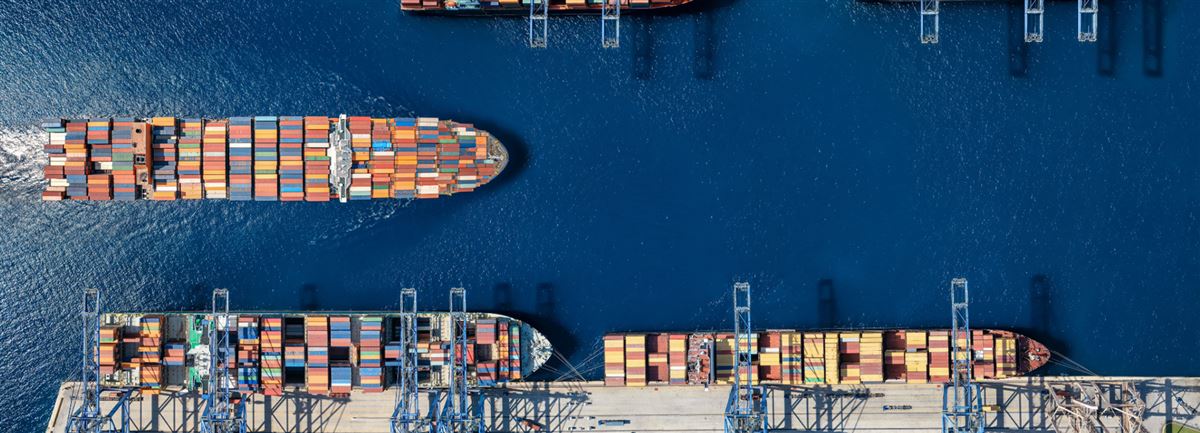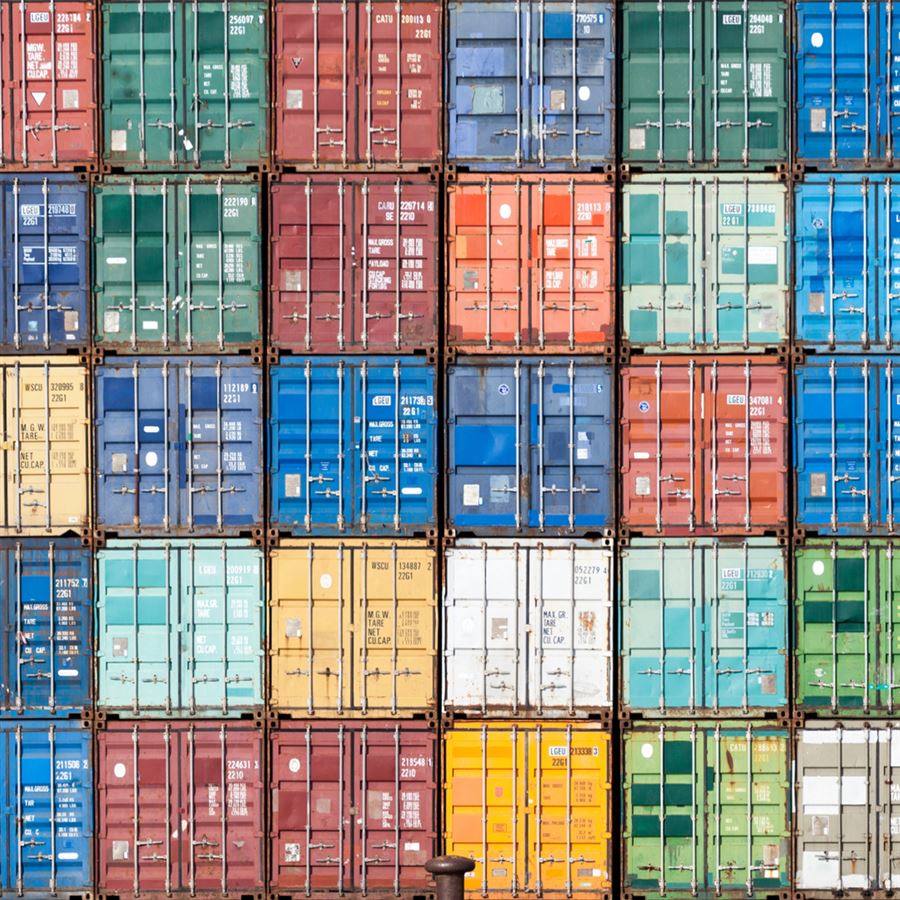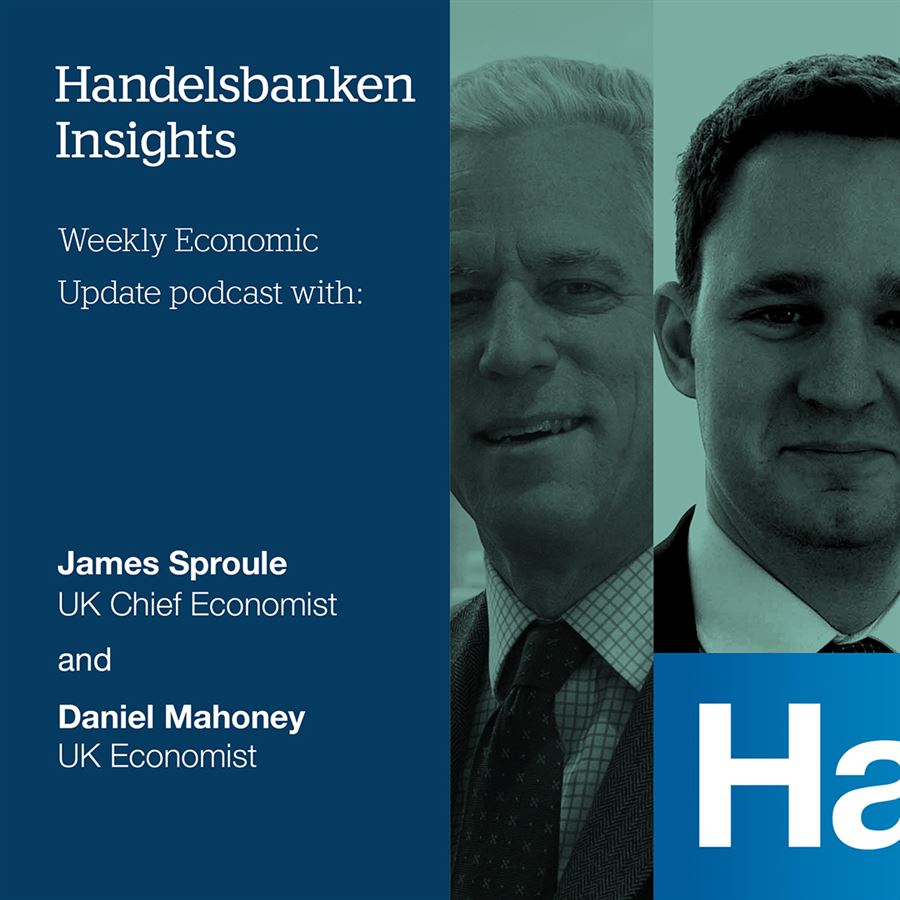Since I started writing this, President Trump has backtracked on his plans, pausing introduction of the higher tariffs (ie those above 10%) — except those on China. The 10% baseline tariff however is still in place, and the uncertainty of his actions from one day to the next is feeding markets’ anxiety.
So unsurprisingly, collectively, these actions are going to have major implications for the global economy, as international trade will be hurt, households will cut consumption and businesses put off investments. Partly as a direct result of the tariff rises, partly because economic activity tends to be hampered by the sheer uncertainty of situations like this.
One of the things we've seen already has been a big correction in US stock market prices. And what we call the wealth effect is going to have an additional impact on the average US household who's going to see the value of their savings and pension fund falling away.
The big question is whether the US is at risk of going into recession? We think so, and have consequently revised down our macroeconomic forecasts. The level of tariffs is the biggest tax hike in the US in the post World War II era, and it directly translates to a couple of percentage points on GDP, assuming that no-one changes their behaviour. What’s worse is that a shock of this size risks spiralling.
Of course people will change their behaviour, they will buy fewer foreign goods.
But on the other hand, this isolation of the US will hurt its innovation capacity and its efficiency in use of the economy’s limited resources. Households will feel worse off. So they will start saving more potentially rather than spending.



